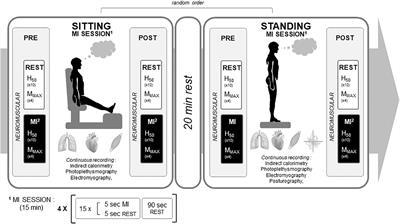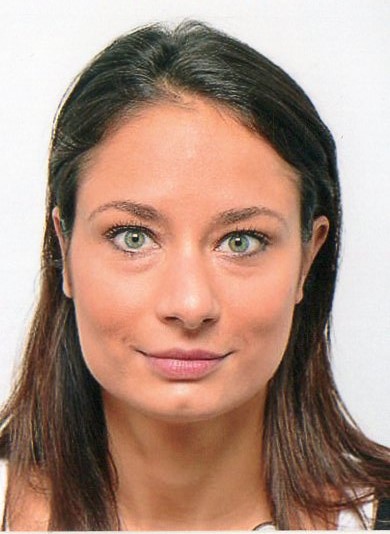Le 26 janv. 2022
Nouvelle Publication Internationale - Ennequin, Isacco et al., 2022
Publié le 26 janvier 2022 – Mis à jour le 26 janvier 2022

Nouvelle publication Internationale dirigée et co-écrite par Laurie Isacco et Gael Ennequin du Laboratoire AME2P en collaboration avec le laboratoire C3S (Culture, Sports, Health and Society, University Bourgogne Franche-Comté, Besançon) et le Laboratoire Prognostic Markers and Regulatory Factors of Heart and Vascular Diseases, and Exercise Performance, Health, Innovation Platform (University Bourgogne Franche-Comté, Besançon). Stand Up to Excite the Spine: Neuromuscular, Autonomic, and Cardiometabolic Responses During Motor Imagery in Standing vs. Sitting Posture. Grosprêtre S, Marusic U, Gimenez P, Ennequin G, Mourot L, Isacco L. Front Physiol. 2021 Nov 23;12:762452


https://www.frontiersin.org/articles/10.3389/fphys.2021.762452/full
